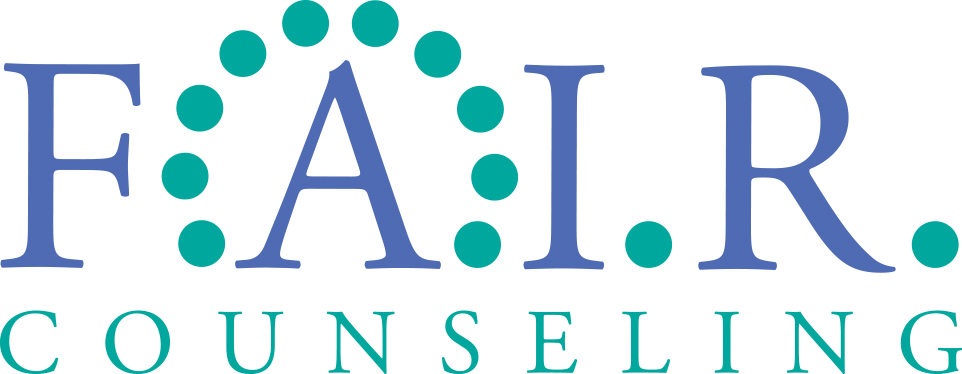Harrison’s Corner
Sport and Health Psychology Consultant
My aim is to help individuals foster mental health, physical health, and personal development.
This holistic approach is designed to enhance overall well-being and optimize performance.
What is Sports Psychology?
Sports Psychology is a multidisciplinary field that focuses on the psychological factors influencing athletic and performance outcomes.
According to the APA (American Psychological Association), Sports Psychology aims to:
- Help individuals reach goals: Sports psychologists work with athletes, performers, and professionals across various domains, helping them achieve their objectives by enhancing mental skills and strategies.
- Address performance anxiety: The field also assists individuals in managing anxiety and stress that can hinder performance in diverse settings, ranging from sports arenas to corporate boardrooms.
- Promote overall well-being: Additionally, sports psychology contributes to an individual’s holistic well-being by nurturing mental resilience, self-confidence, and effective coping mechanisms, as highlighted by the APA’s various resources on this topic
Learn more at APA.org
What does a Sport and Health Psychology Consultant do?
- Sport and health psychology consultants can help coaches, athletes, or parents improve in learning, training, and performance.
- Becoming more accepted and utilized as a valuable competitive edge among athletes and coaches.
- A secret weapon in one’s mental training arsenal.
How can a Sport and Health Psychology Consultant help an individual as an athlete, a parent or relative or an athlete, or as a coach apply the knowledge to sport and health learning and performance?
- Assess your mental strengths and weaknesses as an athlete.
- Work better with your support staff.
- Learn more from your coaches.
- Guide you in your career.
- Learn mental readiness.
- Enter the zone.
- Learn how to motivate yourself.
- Address code violations due to substance abuse or other behavioral issues.
What happens in a session?
- Ongoing enlightening growth process, a learning experience.
- Opportunity to grow as an athlete and as a person.
- Learn more about yourself as an athlete and as a person.
- Your own mental training class and consulting session.
- Opportunity to receive personalized training from an expert in the mental game.
- A custom coaching class that focuses on your mind.
- A sport and health psychology consultant always has your best interests and well-being in mind.
- My Overall Goal: Provide services including clinical counseling and sport/health psychology services to various individuals to improve mental health, physical health, and personal growth, thereby improving overall well-being and maximizing performance.
Why Harrison McNab?
- Proven high-quality work ethic.
- Ability to form and maintain trusting relationships.
- Experienced former student-athlete (High School and College).
- Experience with working with student-athletes across the high school and collegiate levels.
- Strong foundation with the essential knowledge and fundamental skills in both clinical and sport environments.
- In the competitive arena of sport, you want every advantage you can get.
- I can be one of your most trusted advisors, and a key member of your success team.
Harrison McNab’s Education:
- B.S. Psychology, Spring Hill College, the Jesuit College of the South, Mobile, AL, May 2015
- M.A. in Counseling: Specialization in Sport and Health Psychology, Chicago, IL, April 2018
Nine Mental Skills
- Motivation
- Attitude
- Goal Setting
- Imagery
- Concentration
- Communication
- Dealing with Anxiety
- Self-talk
- Dealing with Emotions
To schedule an appointment please call 847.359.5192 ext. 105
.
